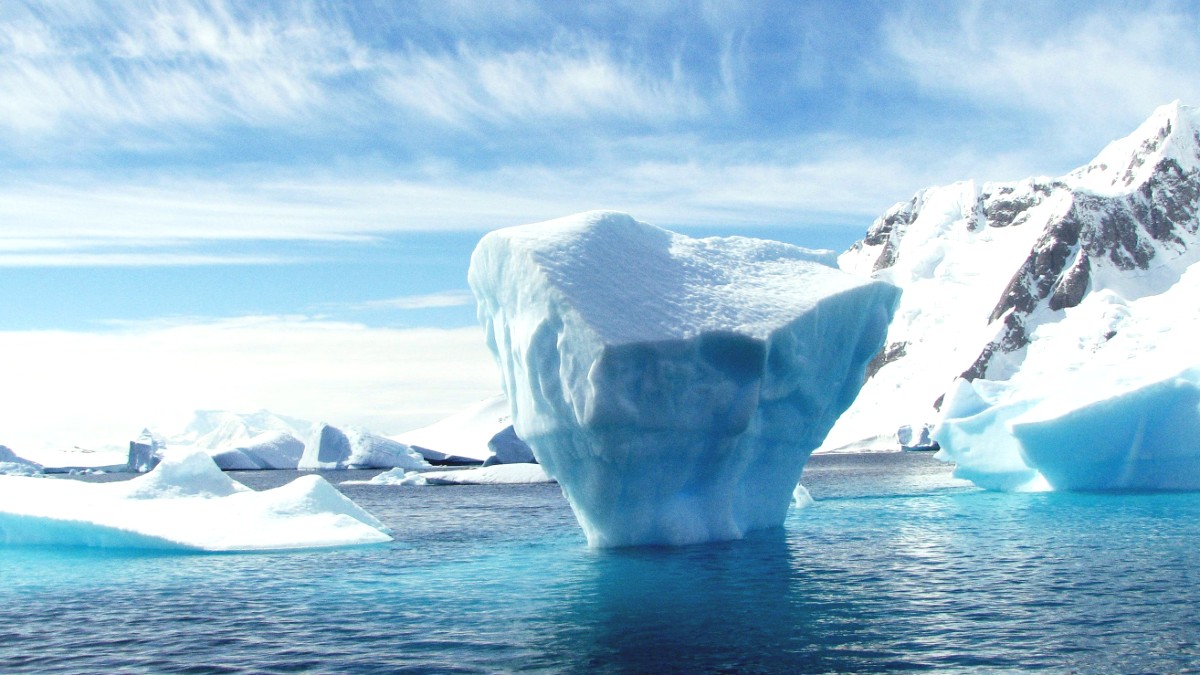
This guide outlines an adventure to a place few people ever see. It details preparations for a journey to Earth's southernmost continent, surrounded by the Southern Ocean. Its approximate coverage is 14.2 million square kilometers (5.5 million square miles). Ice blankets about 98% of Antarctica. This ice averages 1.9 kilometers (1.2 miles) in thickness.
The Transantarctic Mountains divide the continent into West Antarctica and East Antarctica. Vinson Massif reaches 4,892 meters (16,050 feet), marking the highest peak. Surrounding waters include the Weddell Sea, the Ross Sea, and the Drake Passage.
The Drake Passage separates Antarctica from South America. Travelers usually access the Antarctic Peninsula, the northernmost part of the continent. This region presents a more accessible and relatively milder climate during the austral summer. The dramatic landscapes here include towering mountains, deep fjords, and countless glaciers. Icebergs, ranging from car-sized chunks to multi-story structures, drift through the waters, shaped by the wind and waves into natural sculptures. The constant movement of ice defines the Antarctic landscape, creating new vistas daily.
Antarctica, the last continent to be discovered, is a rich history of human endeavor and exploration. The first confirmed sighting generally points to a Russian expedition led by Fabian Gottlieb von Bellingshausen and Mikhail Lazarev in 1820. The exact date of the first landing remains a topic of debate. Early sealers and whalers also frequented its waters.
The early 20th century saw daring expeditions, driven by scientific curiosity and a quest for the South Pole. Figures like Robert Falcon Scott, Ernest Shackleton, and Roald Amundsen became household names. Amundsen successfully reached the South Pole in 1911. Geopolitical interest in Antarctica grew, leading to territorial claims by several nations. However, these claims were set aside by a landmark agreement, the Antarctic Treaty. Signed in 1959 and effective in 1961, the Treaty designates Antarctica as a scientific preserve. It establishes freedom of scientific investigation and bans military activity. This agreement allows scientists from various nations to work together.
Russian naval officer, co-leader of the first confirmed expedition to sight Antarctica (1820).
Russian naval officer, co-leader of the first confirmed expedition to sight Antarctica (1820).
British explorer, led two expeditions to Antarctica, reaching the South Pole in 1912.
Anglo-Irish explorer, noted for his leadership and survival during the Imperial Trans-Antarctic Expedition.
Norwegian explorer, led the first expedition to reach the geographic South Pole in 1911.
The Treaty System manages tourism, acknowledging the need to safeguard the fragile environment while permitting access. These guidelines seek to minimize environmental impact and protect wildlife. Visitors play a part in this by adhering to strict rules about landings, distance from animals, and waste management.
Wildlife thrives in coastal areas, specifically during the austral summer. Penguins, including Gentoo, Chinstrap, and Adélie species, form large, noisy colonies. Various seal species, like Weddell, Crabeater, and Leopard seals, rest on ice floes or beaches. Whales, including humpbacks, minkes, and orcas, feed in the rich waters, allowing for spectacular sightings.
Access occurs mainly by expedition ship during the Antarctic summer, which runs from November to March. These ships feature accommodation, meals, and the means to explore the coastlines via Zodiac boats. Expedition staff, comprising naturalists, historians, and polar experts, deliver informative lectures and guide all shore landings. This integrated approach creates a comprehensive and safe experience.
A trip to Antarctica is not a casual vacation; it is an active expedition that calls for preparation and a willingness to embrace the wild. Plan your journey to the Antarctic Peninsula. This area presents a diverse range of wildlife and stunning landscapes.
Antarctica is a continent dedicated to peace and science under the Antarctic Treaty System. It holds no permanent human population. Several thousand researchers and support staff reside at various research stations seasonally or year-round. These stations, operated by different nations, conduct scientific studies on climate change, glaciology, biology, and astronomy. Their presence underscores the continent's importance for global research.
Tourism operates under strict management. The International Association of Antarctica Tour Operators (IAATO) regulates activities to minimize environmental impact. This oversight ensures visitors experience Antarctica responsibly, respecting its pristine nature and unique ecosystems. Travelers choose an IAATO-member operator, confirming adherence to high standards of environmental protection and safety.
A global hub for studies on climate change, glaciology, and astronomy.
Access mainly by specialized ships during the austral summer.
Penguins, seals, and whales abundant in coastal areas.
Vast ice sheets, towering glaciers, rugged mountains, and countless icebergs create a scenery of unparalleled grandeur. The sheer scale of the ice offers a humbling perspective on natural forces.